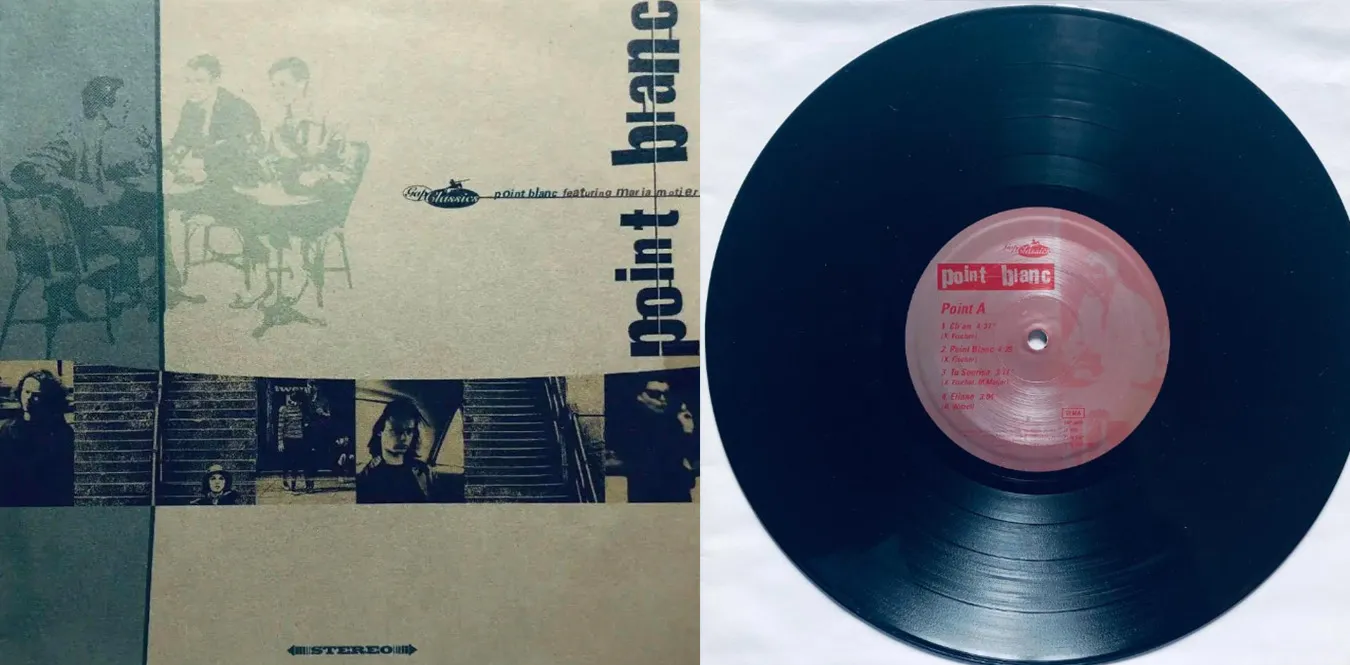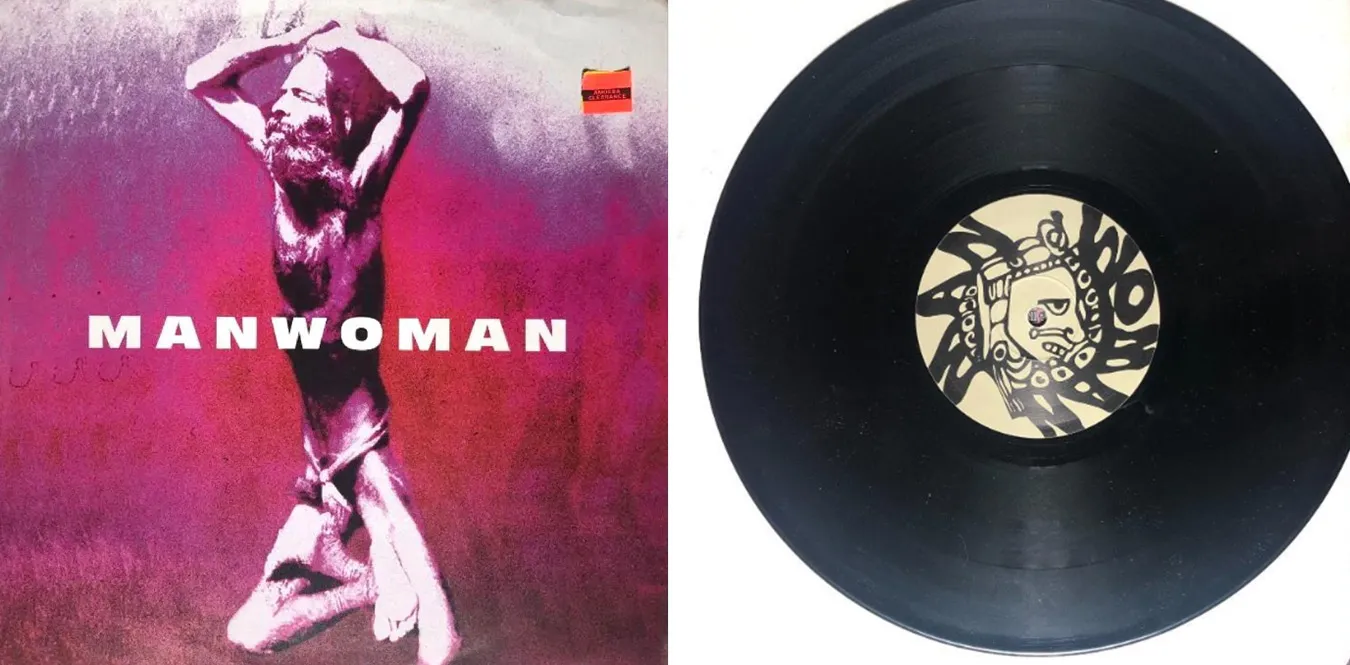[Column] 10-inch record technology supplement: The truth about groove width, rotation speed, and mastering
Column en 10inch History Jazz Punk Vinyl![[Column] 10-inch record technology supplement: The truth about groove width, rotation speed, and mastering](/../assets/images/column-10-inch-vinyl-tech.webp)
10-inch design concept: precision in the medium of format
| Text: mmr | Theme: Delving into the technical background of 10-inch records, such as their structure, rotation speed, and mastering, and reconsidering the uniqueness of the sound produced by the format. |
The physical structure of a record embodies the philosophy of the musical format in its purest form. The 10-inch disc is a format that is particularly ““designally middle-of-the-road.’’ A board with a diameter of 25 cm exhibits intermediate characteristics between 7 inches and 12 inches in terms of linear groove speed, groove width, and rotational speed.
What this means is that here is the optimal solution for the trade-off between playback time and sound quality. The 10-inch size exists at a “beautiful balance point” with few design constraints.
Rotation speed and linear velocity: physical laws that determine the “momentum” of sound
One of the factors that determines the sound quality of a record is the number of revolutions (RPM) and linear velocity.
-
7 inch single: 45RPM There is a lot of force in the sound at the outer periphery, and excellent reproduction of high frequencies. However, distortion increases at the inner circumference.
-
12 inch LP: 33⅓RPM It is suitable for long-term playback and ensures stable sound quality, but the high frequencies are somewhat subdued.
-
10 inch LP: 33⅓RPM or 45RPM The limit is about 12 minutes per side at 33⅓, and about 8 to 9 minutes at 45 RPM. In other words, the strength of the 10-inch is that it is possible to design a system that prioritizes sound quality over time.
The average linear velocity is approximately 15% higher than that of 12 inches, and there is less distortion on the inner periphery. Especially in music with a strong attack, such as jazz or indie rock, this speed characteristic creates a clear sense of rhythm and spatial separation.
Groove width and cutting level: Tug of war between sound pressure and playback time
The groove width on an analog record is proportional to the amplitude (dynamics) of the sound. In other words, the louder the sound, the shorter the playing time.
On a 12-inch disc, there are approximately 250 to 300 grooves per inch, but on a 10-inch disc, when sound pressure is a priority, the number of grooves is often kept to around 200. As a result, the sound groove is thicker and the “edge” of the sound is emphasized.
Due to this structural feature, 10-inch discs exhibit the following acoustic trends:
- Good sound pressure and clear low-frequency attack
- Tight midrange localization
- High range is slightly rough, but has momentum
This characteristic makes it suitable for live recordings and rough mixes, and this is why artists who choose 10-inch discs emphasize experimentation.
Mastering process: from lacquer to stamper
The key point in the 10-inch record production process is the lacquer cutting stage. Due to the smaller diameter of the 10-inch disc, there is less cutting head tracking error. This improves the accuracy of the sound groove and makes stereo localization more stable.
Main process overview
-
Premastering Optimize your digital or analog sources for lacquer. Adjust sound pressure, stereo width, and phase.
-
Lacquer Cutting Carve grooves on a 10-inch lacquer board. Groove width and pitch control are important. “Within 12 minutes at 33⅓ RPM” is one of the design criteria.
-
Electroforming Copy with nickel in the order of master → mother → stamper. 10 inch has a lower deformation rate than 12 inch and has a better press yield.
-
Pressing Domestic presses such as Toyo Kasei control plate surface temperature and pressure in millimeter units. This process is especially important for 10-inch models because the stability of the molding is directly linked to the sound quality.
Press material and weight: 180g Behind the myth
For 10-inch discs, the thickness is generally around 1.8 to 2.0 mm, and the weight is approximately 120 to 150 g. Influenced by the boom in 12-inch 180g heavy discs, we tend to think that “heavier means better sound quality,” but in reality, the density and flatness of the material are more important.
The small size of the 10-inch board naturally increases the rigidity of the entire board, making it less likely to warp and cause less resonance. In other words, even if it is thin, the sound is tight. For this reason, there is almost no disadvantage in terms of sound quality even with a lightweight 10-inch disc.
10-inch “density” from an acoustic measurement perspective
From an acoustic measurement perspective, the playback frequency characteristics of 10-inch discs show the following trends.
| Bandwidth | Average S/N ratio | Notes |
|---|---|---|
| 40Hz to 100Hz | +2dB | Stronger low frequency peak, tighter |
| 1kHz to 4kHz | ±0dB | Flat, clear |
| 8kHz or higher | −1 to 2 dB | High frequency attenuation is rather fast (physical constraints) |
This characteristic results in a sound image with a “close feeling” centered around the midrange. The reason why 10-inch discs are said to have a ““live sound’’ is because of the high density of the midrange.
33⅓ or 45: Philosophy of format selection
For 10-inch discs, the big decision at the production stage is whether to use 33⅓RPM or 45RPM. The selection criteria are as follows:
- 33⅓RPM: Focus on recording time. Ideal for EPs and small albums.
- 45RPM: Focus on sound quality and dynamics. For maxi singles and audiophiles.
What’s interesting is that the 10-inch 45RPM disc has a more “condensed sound image” than the 12-inch 45RPM disc. This is due to the physical phenomenon that the winding speed of the groove is fast, so the low range comes to the front. As a result, club and noise artists often choose the 10-inch 45RPM.
Mastering Philosophy: Technique to “carve a work” in a limited time
10-inch cutting is not just a technique, but also an ““editing aesthetic.’’ Because time is limited, it is important to decide which sounds to keep and which to cut out. This feeling is similar to editing a movie or cropping a photo.
There is also a movement among modern mastering engineers to seek a “10-inch optimized sound image.” It is no longer a format of the past, but a 10-inch device of new time design.
Conclusion: Musical philosophy in the physics of a disk
When talking about the appeal of 10-inch discs in technical terms, what stands out behind it is the “freedom created by constraints.” Design limitations, time constraints, and size limitations. All of this makes the music “condensed” and restores its “feel.”
The format is philosophy, engineering, and poetry. 10 inches is located at the point where these three intersect most closely. In that moment when the tip of the needle traces the groove, we see the spirit of music in the physics.
Appendix: Illustrations — A brief history of the evolution of record technology
Figure A — Groove cross-section, stylus motion
Figure B — Sound pressure/frequency characteristics along the outer circumference → inner circumference (conceptual diagram)
Related columns
🔗 [Column] The temptation of the 10-inch——Aesthetics of sound told by the format

![[Column] Aesthetics of imperfection ─ A new aesthetic of pop living in an era of imperfection](/../assets/images/column-the-aesthetics-of-imperfection.webp)
![[Column] Open reel revival theory: Magnetism records the future again](/../assets/images/column-reel-to-reel.webp)
![[Column] 10-inch temptation: The aesthetics of sound told by the format](/../assets/images/column-10-inch-vinyl.webp)
![[Column]](/../assets/images/column-media-types.webp)

